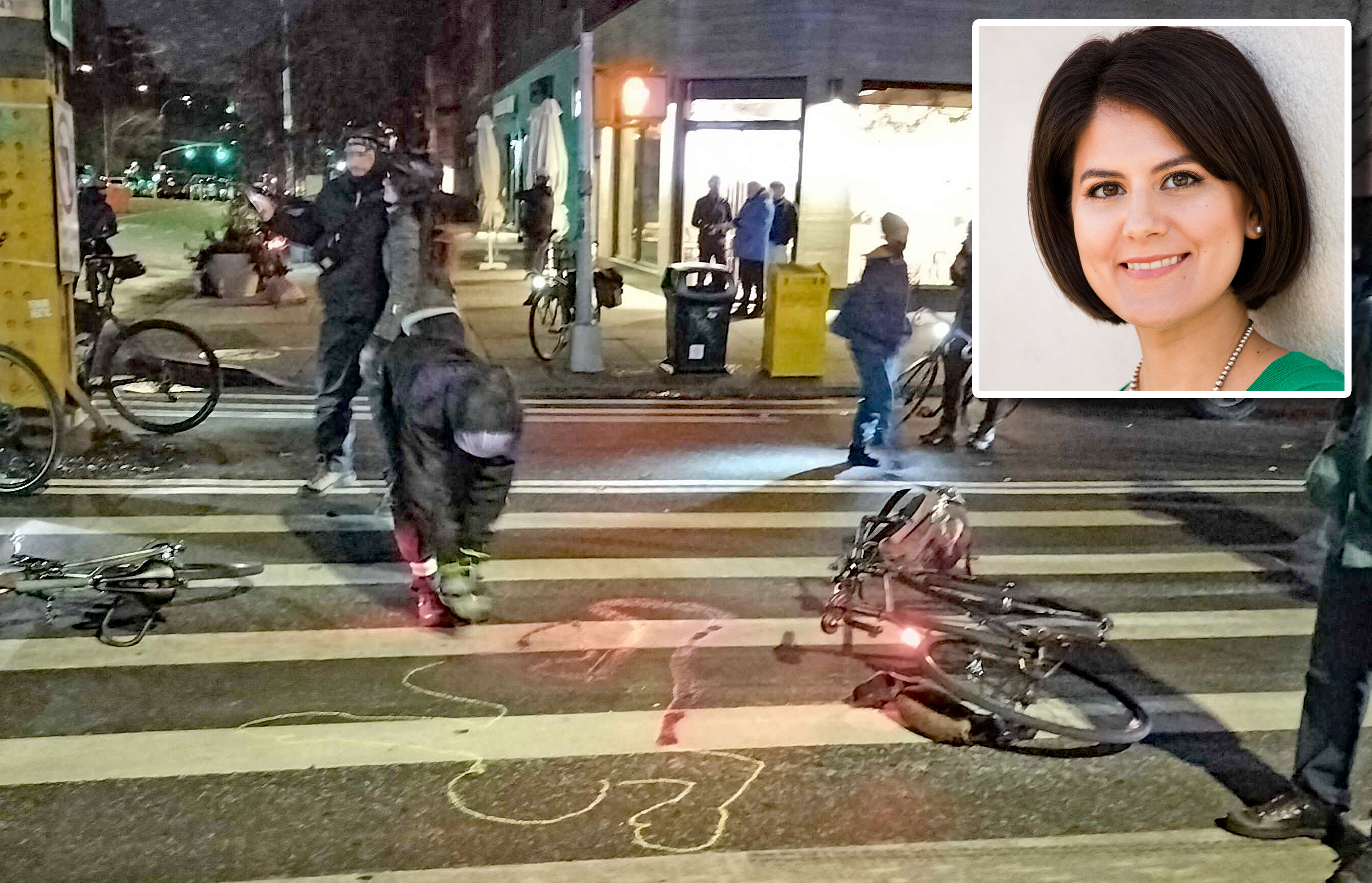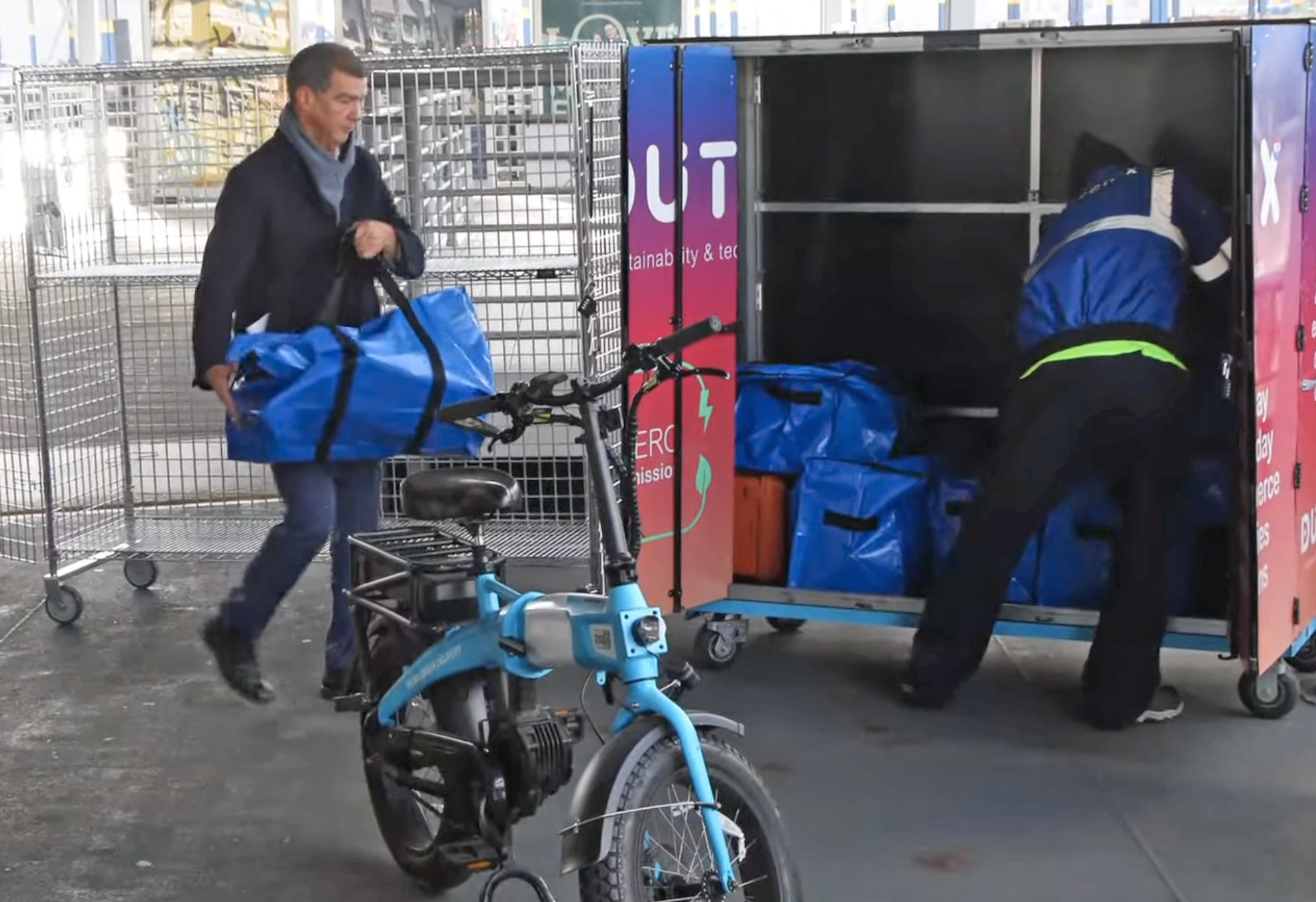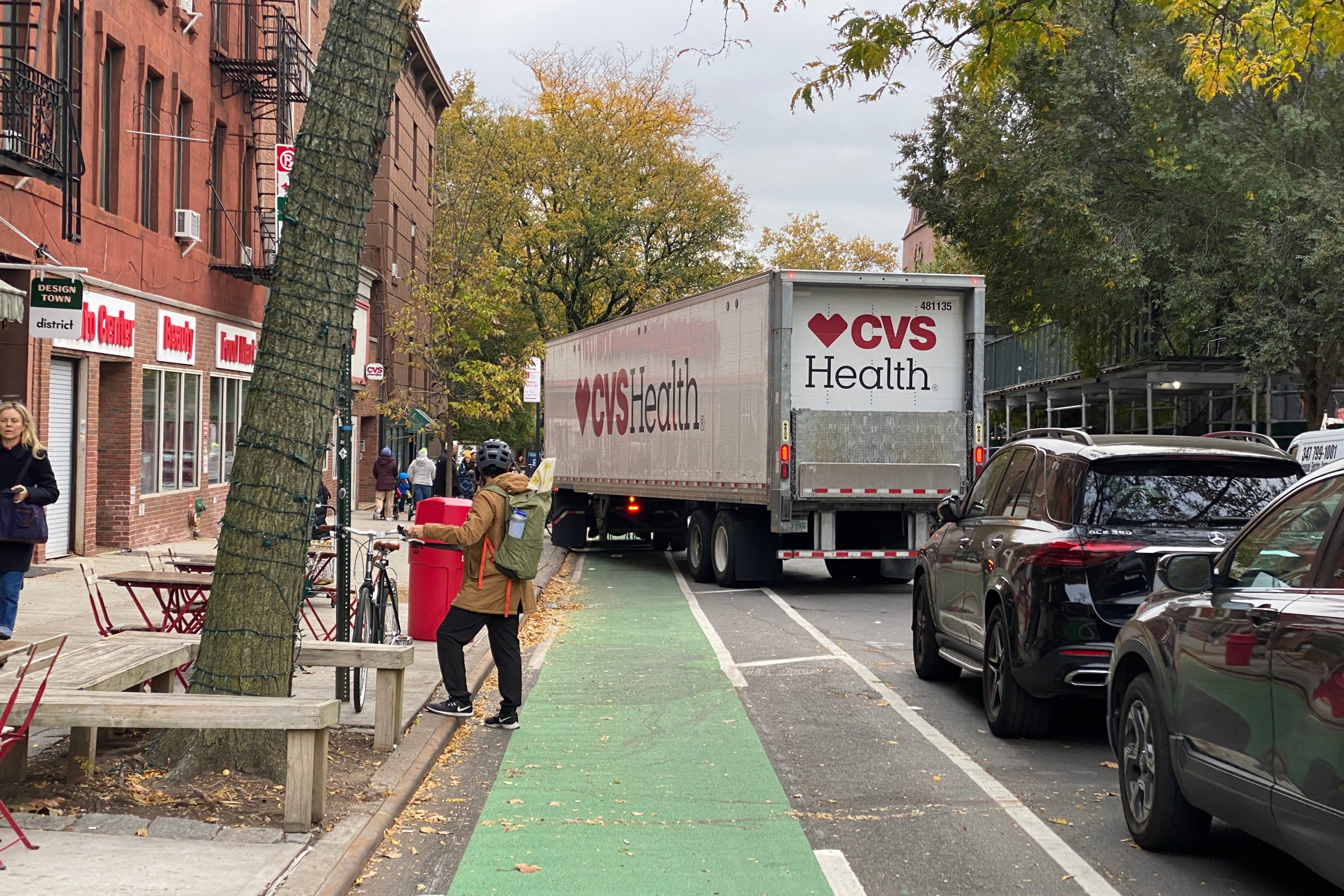It's not hard to recall the times when Andrew Cuomo wanted to be seen as the boss of the MTA.
There was the day Cuomo announced that he'd sealed the deal on a new contract with the TWU. Or when he empaneled an "MTA Reinvention Commission" to shape the agency's five-year capital program. Or when he ordered the MTA to quit dragging its heels on cashless tolling, and the agency promptly delivered.
The governor would like you to forget all that.
With subway crowding mounting, reliability plummeting, and massive cascading delays rippling through the system on a regular basis, Cuomo is shrinking from responsibility. Yesterday he told reporters that he merely has "representation on the board" of the MTA. Nevermind that Cuomo is the only person who can issue directives to any arm of the MTA, up to and including the agency's chief executive, and expect obedience.
It's a remarkable about-face from just a few months ago, when Cuomo was dropping in on Second Avenue Subway construction sites and directly overseeing the scramble to put the three-station extension into service by his end-of-year deadline.
Yesterday, Cuomo was not the do-er, expediter, and all-around man of accomplishment he usually tries to project to the world. He instead cast himself as the inheritor of his predecessors' negligence. "All of our infrastructure is 50, 60, 70, 80, 90 years old, 100 years old, and it hasn’t been maintained," he told reporters. Blame George Pataki or Cuomo Sr., not helpless Andrew.
That would have been a fair argument in 2011 or 2012. But more than six years into his tenure as governor, Cuomo is out of excuses.
The history of the New York City transit system is cyclical -- long periods of political apathy and stagnation that lead to crises, followed by flashes of urgent problem-solving that carry the system forward until apathy sets in again.
You can trace the most recent cycle of rejuvenation to Governor Hugh Carey and former MTA Chair Richard Ravitch, who, in the early 1980s, cobbled together new revenue streams and initiated the MTA's first five-year capital program. Those capital investments turned around a creaking system, prone to frequent breakdowns, that riders had abandoned.
As reliability improved, riders came back, and the momentum from that era carried into the 1990s, when the transition from tokens to the MetroCard -- with its unlimited passes and free transfers -- propelled ridership upwards.
But then apathy returned. Governors Pataki and Cuomo coasted, scaling back direct state support for the MTA, letting debt pile up, and building the world's most expensive subway expansion projects while the core system capacity stagnated. As long as ridership stayed below a certain point, they could get away with it. But the failure to plan for growth is now dismally apparent in the current crisis of subway crowding and delays.
At around the same time the MetroCard supplanted tokens -- the last great systemwide improvement -- the MTA started looking into replacing its ancient subway signal system with modern technology that would improve reliability and allow trains to run closer together. The first contract with Siemens for upgraded signals was issued 18 years ago.
Andrew Cuomo has been governor for more than a third of the time that has elapsed since then. There is still just one subway line with modern signals, and the MTA says they aren't on track to be deployed systemwide until 2045.
Cuomo had years to get out in front of the MTA's core capacity problems. And he failed.
Today NY1 reported the results of a poll that found only 31 percent of New Yorkers hold Cuomo most responsible for the sorry state of the subways -- while 33 percent blame Mayor de Blasio. That's terrible news for a transit system in desperate need of political accountability. New Yorkers can't let Cuomo get away with his disappearing act.






